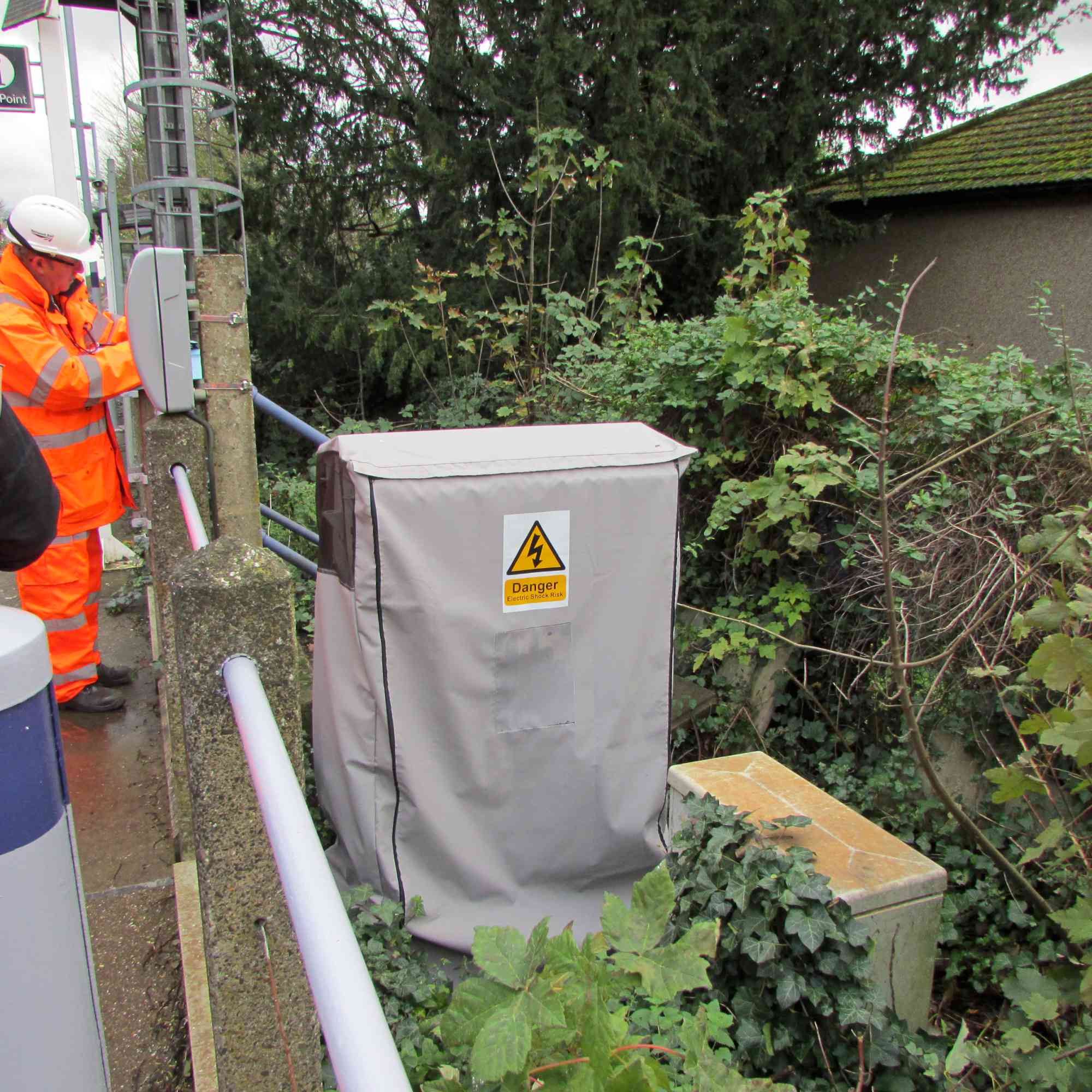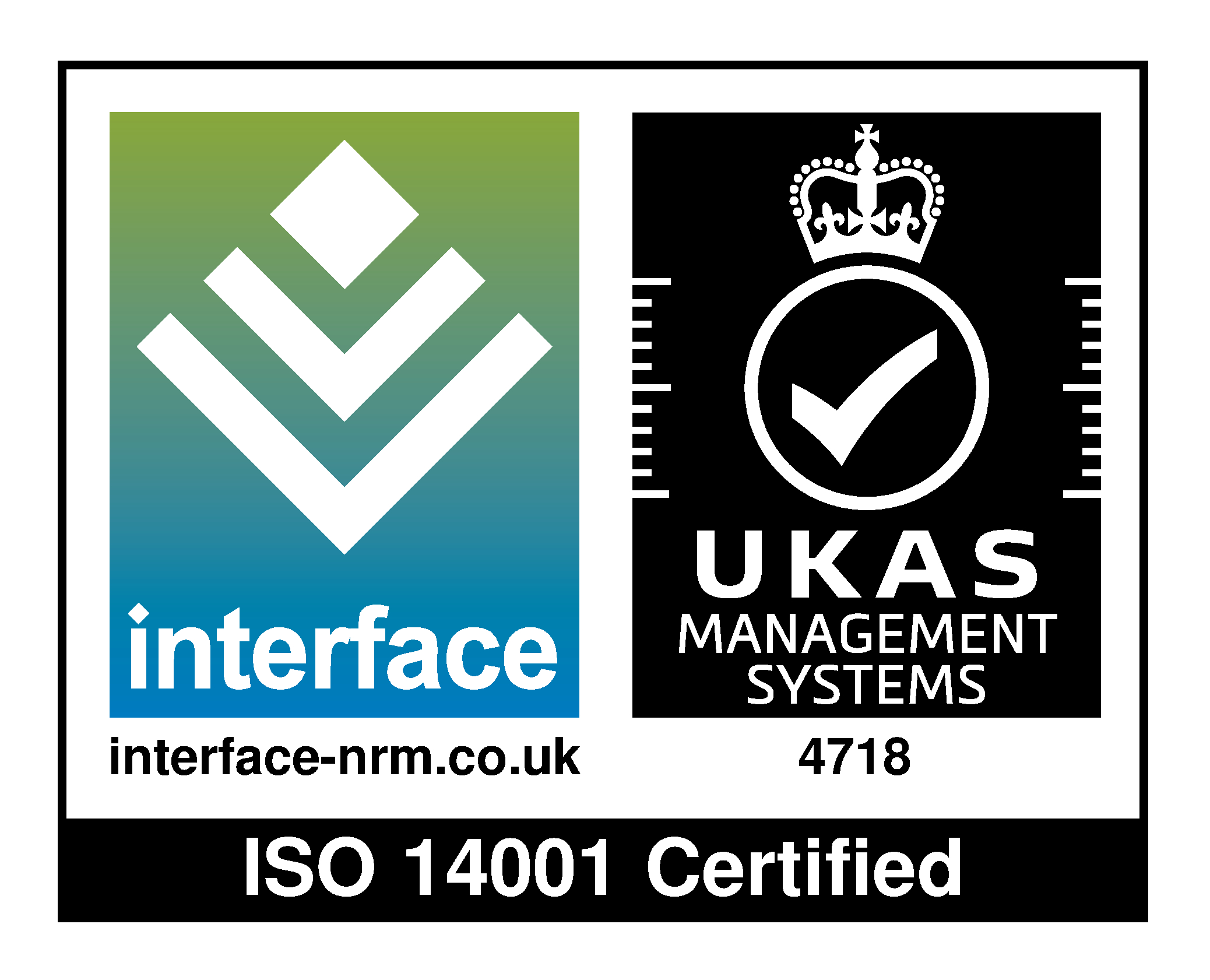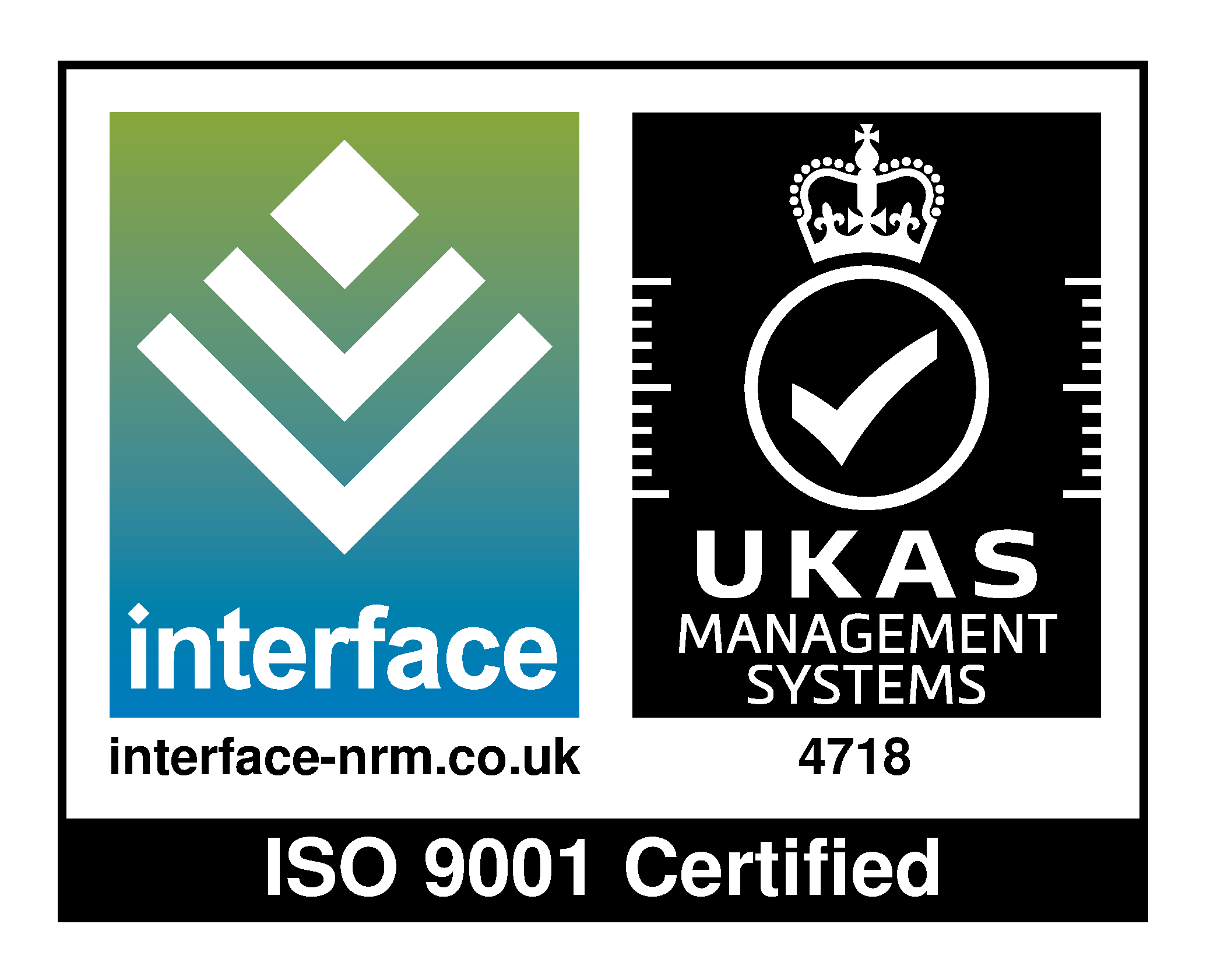

Client
Network Rail
project name
Network Rail FSP GRIP 1-4
project value
£2.8m
date
April 2016 to Jan 2017
PROGRAMME DESCRIPTION:
As part of Network Rail Sussex and Kent Region requirements to rectify non-compliances to 70no. Location Cases, Powersys was commissioned by McNicholas to provide Form B Electrical and Signalling Detail Designs for installation of Class II Standalone FSP’s, to house 650V assets within the existing Signalling Location Case and route a 110V supply from the new Class II FSP to the existing Location Case. Powersys provided Electrical and Signalling CRE’s to the project.
PROJECT DESCRIPTION (DETAILED DESIGN OF 70 LOCATION CASES):
NR were to comply with an instruction from the ORR by physically verifying the LOCs are connected to Earth via an Earth rod/mat/another source and any exposed live parts are mitigated against. Subsequently, the integrity of the Earth connection and resistance to Earth of the rod/mat/another source shall be verified for compliance against NR/L2/SIGELP/27418 & NR/L3/SIGELP/27420.
An existing FSP containing 650V connections was deemed compliant if it is determined that it meets the following conditions>:
- Suitably connected to an earth mat/rod of sufficient cross-section to meet calculated
- The size/condition of the earth cable between the LOC and Earth Rod/mat is suitably sized and rated to achieve the necessary Target Earth Resistance Value;
- The resistance to Earth of the Earth rod/mat is compliant to NR/L2/SIGELP/27418 andNR/L3/SIGELP/27420;
- d) Equipotential bonding exists within the existing LOC;
- e) There are no live 650V exposed components;
or - f) The existing equipment in the LOC is Class II rated.
Network Rail approached Powersys in order to develop the most cost effective method of assessing and potentially upgrading all LOCs in the Kent and Sussex region.
Project Scope
An analytical approach was undertaken to develop an accurate and cost effective GRIP 1 -
4 Delivery Strategy. This involves the following approach:
- Conduct surveys across a range of 650V sites from the total of 1387 sites identified by NR.
- Produce a survey report and a series of drawings which provide a detailed assessment of the asset and its site.
- Analyse the information gained from the site surveys to undertake an extensive analysis on the full list of 1387 sites.
- Produce generic electrical design (Form A level) solutions that can be developed and used at a later stage when the surveys of all sites are completed.
Design Programme
The following time periods were allocated to the design programme for this project:
- Kick-Off Meeting: 1 working day
- Creation and Issue of TQ’s and RFI’s and response awaited: 10 working days.
- On-site surveys: 30 working days
- Project Progress meetings with the client: Bi-weekly-1 hour
- Creation of Outline Design: 2 weeks.
- Creation of Design for IDC/IDR: 5 weeks.
- Attendance at IDC/IDR: 1 day
What We Did and How We Did It
Site surveys were carried out from the 25th of January 2016 to the 10th of February 2016. A total of 41no. sites were visited, with 39no. sites surveyed in total.
A site survey report was created for each one containing the following information:
- Pro-Forma;
- Photographs;
- Site Layout Drawing (CAD).
These assets were picked as they were in proportion to the overall quantities of that asset type.
The location cases were picked over a wide range of signalling interlocking schemes to determine
any sequential information that could be used to determine the GRIP 5 - 8 delivery strategy.
The purpose of the detailed surveys was to gather the following information:
- Location details,
- Access details,
- Surrounding area details,
- Condition of asset, including any exposed conductors,
- Feeder details,
- On-site drawing details,
- Exposed conductors,
- Earthing arrangement, including earth rod and continuity testing,
- Site layout, including location of earth rod in proximity to the asset,
- Location of asset (with respect to nearest running rail, if trackside).
Of the 41 sites surveyed, the following asset quantities were observed:
- 29 Locations Cases (LOCs),
- 8 Relay Rooms,
- 3 Power Pillars,
- 1 Functional Supply Point
The results of the surveys were split into the following broad categories;
- Compliant Earth,
- Non-compliant Earth,
- Exempt Assets
Based on these survey results, a Form A and a series of Generic Designs covering the main areas were created and presented to Network Rail. A full breakdown of all the data as well as a delivery strategy was created and also presented.
Problems Encountered and Resolved
Due to large numbers of sites involved the for myriad variations of each type of asset, an analytical approach was undertaken on current NR data to identify the most common variations of the asset. This was used to inform the choice of the best LOCs to visit, vastly cutting down cost on site.
Innovations
Originally, NR proposed the use and creation of a generic design based on their current information collected previously as opposed to carrying out new site surveys. While in theory, this would avoid the necessity and cost of a detailed survey and design for each of the sites, in practical terms, based on the sample site survey information, this would have incurred a far larger time and cost expense for the following reasons:
- NR Data which showing sites to be suitably earthed was in fact unsuitably earthed in over
- 20% of the sites surveyed in this category. Therefore, some sites would have been at risk following completion of the works.
- Information relating to assets which pose a non-obvious risk (i.e. voltage discharge on
- transformers on wooden backboard etc.) were not picked up on maintenance regimes.
- Potential for original earth resistance to become compromised.
- Maintenance regimes unlikely to fully assess intricate earthing schemes (such as those
- found in relay rooms where the 650V isolated earth is connected to the 240V cable
- sheath).
- A “generic design” for each asset type in the absence of a site survey will almost
- certainly replace fully functioning aspects of a design already in place and likely propose
- an uncompliant design for many sites (e.g. Class II stand-alone structures in areas
- where there is no applicable space).
These were presented and accepted to Network Rail and accepted, leading to “site sample surveys”
Feedback from Client
Results from feedback Form:
How do you rate the quality of Powersys deliverables on a scale of 1-5 (1 = v poor, 2 = poor, 3 = average, 4 = good, 5 = excellent): 4
2) How collaborative do you find Powersys staff? If less than average, please elaborate?(1 = v poor, 2 = poor, 3 = average, 4 = good, 5 = excellent): 5
3) Did Powersys meet their Project objectives / requirements? on a scale of 1-5 (1 = v poor, 2 = poor, 3 = average, 4 = good, 5 = excellent) 5
4) In what areas do we need to improve? Nothing
5) Testimonial (Please provide comments on your general experience when using Powersys):
Fantastic and outstanding collaboration team. Especially Jamie Howell, Paras Shah and Damien Delea.
d) Equipotential bonding exists within the existing LOC;
e) There are no live 650V exposed components;
f) The existing equipment in the LOC is Class II rated
- Network Rail approached Powersys in order to develop the most cost effective method of assessing and potentially upgrading all LOCs in the Kent and Sussex region.
- An analytical approach was undertaken to develop an accurate and cost effective GRIP 1 -
- 4 Delivery Strategy. This involved the following approach:
- Conduct surveys across a range of 650V sites from the total of 1387 sites identified by NR.
- Produce a survey report and a series of drawings which provide a detailed assessment of the asset and its site.
- Analyse the information gained from the site surveys to undertake an extensive analysis on the full list of 1387 sites.
- Produce generic electrical design (Form A level) solutions that can be developed and used at a later stage when the surveys of all sites are completed.
- Site surveys were carried out from the 25th of January 2016 to the 10th of February 2016. A total of 41no. sites were visited, with 39no. sites surveyed in total. A site survey report was created for each one containing the following information:
- Pro-Forma;
- Photographs;
- Site Layout Drawing (CAD).
These assets were picked as they were in proportion to the overall quantities of that asset type. The location cases were picked over a wide range of signalling interlocking schemes to determine any sequential information that could be used to determine the GRIP 5 - 8 delivery strategy.
Based on these survey results, a Form A and a series of Generic Designs covering the main areas were created and presented to Network Rail. A full breakdown of all the data as well as a delivery strategy was created and presented.


